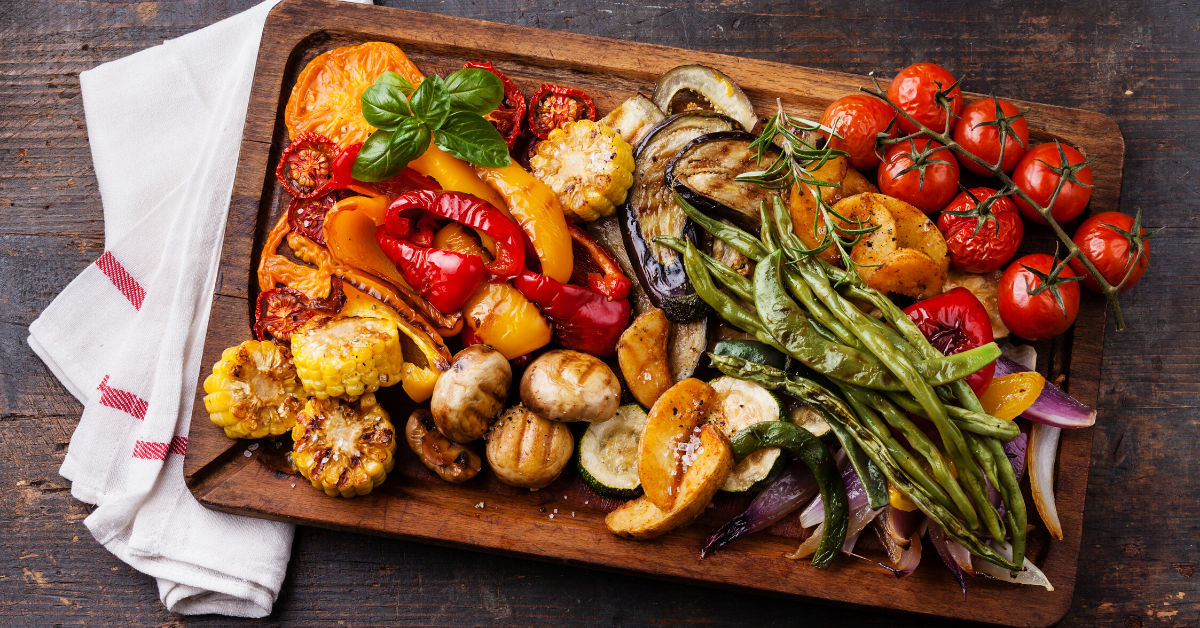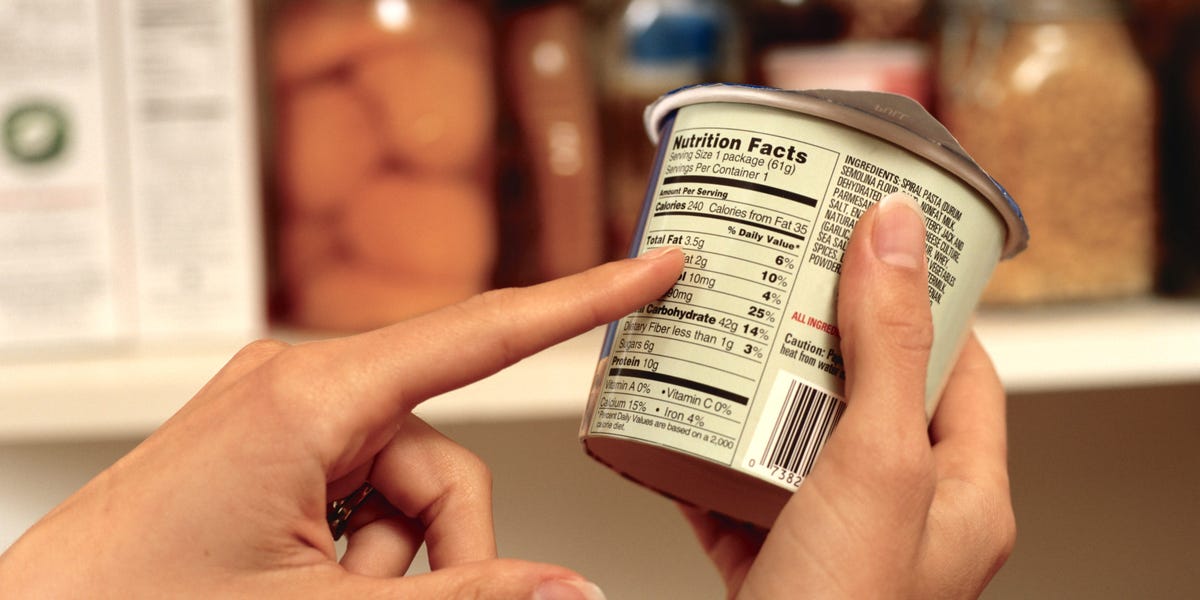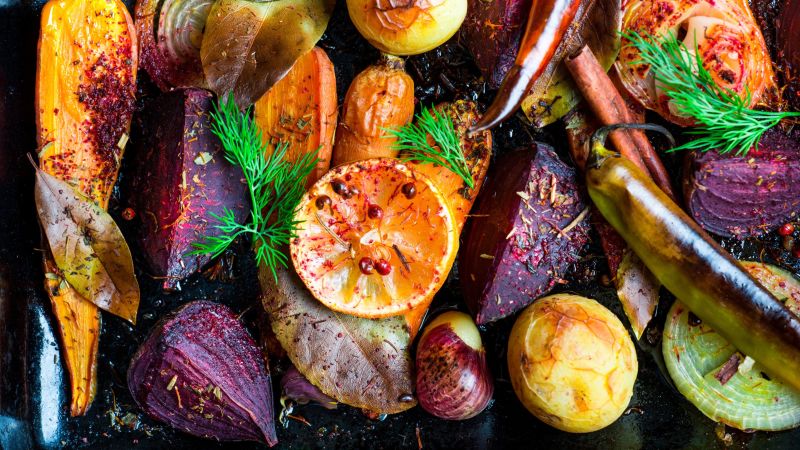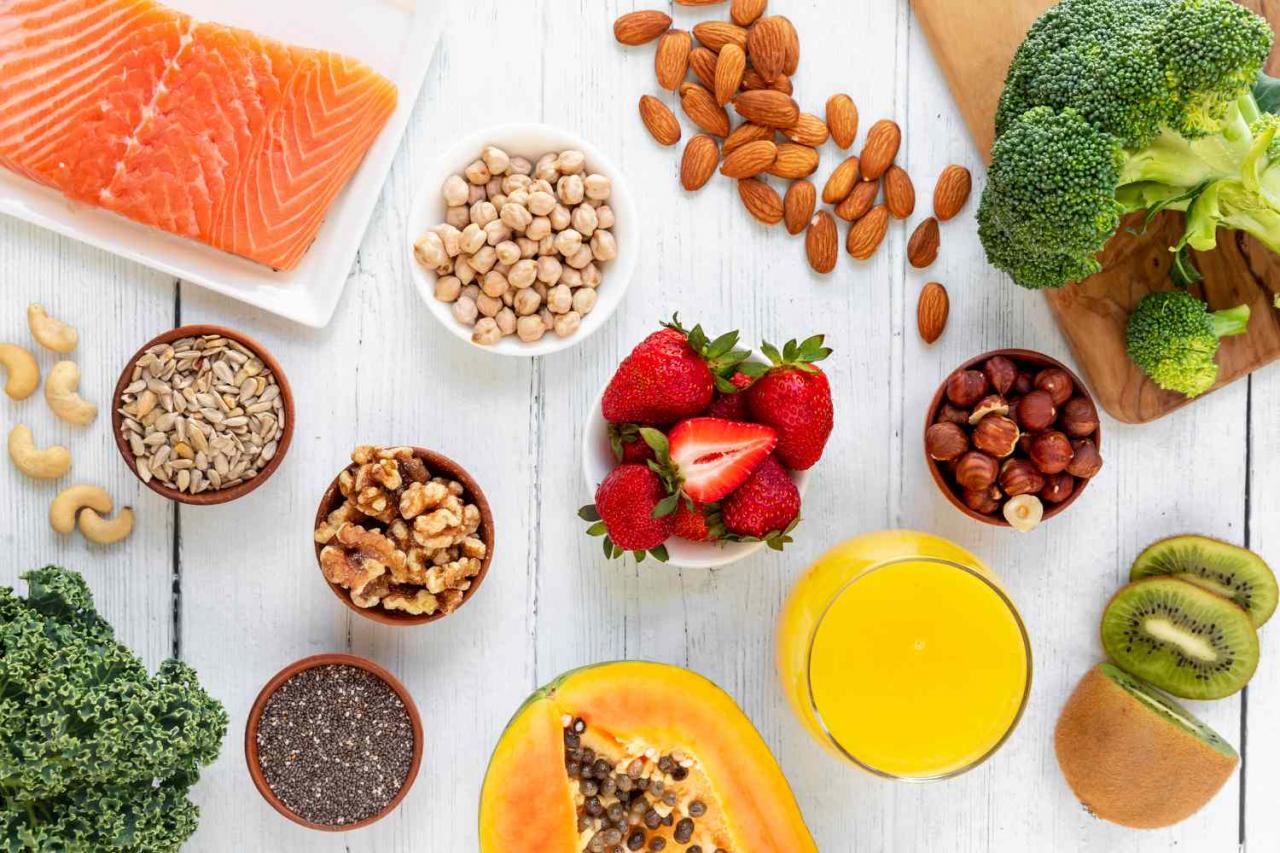In today’s fast-paced world, finding time to prepare healthy meals for the whole family can often feel like a daunting task. However, with the right planning and a few simple strategies, feeding your loved ones nutritious and delicious meals can be both manageable and enjoyable. In this article, we will explore the art of healthy meal planning for the whole family, offering practical tips and expert advice to help you make nourishing food choices that will benefit both your health and your wallet. So put on your chef’s hat, roll up your sleeves, and get ready to revolutionize the way your family eats!

Key Components of a Well-Balanced Family Meal
When planning a well-balanced family meal, it is crucial to include key components that will ensure everyone is getting the necessary nutrients for optimal health. Here are some essential elements to consider:
- Protein: Include a lean source of protein such as chicken, fish, tofu, or beans to help build and repair tissues in the body.
- Vegetables: Incorporate a variety of colorful vegetables to provide essential vitamins, minerals, and fiber for overall health.
- Whole Grains: Opt for whole grains like brown rice, quinoa, or whole wheat pasta to supply energy and promote digestive health.
Additionally, don’t forget to include a serving of healthy fats, such as avocado or nuts, to support brain function and overall well-being. By including these key components in your family meals, you can ensure that everyone is nourished and satisfied.
2. Engaging Children in the Meal Planning Process
Getting kids involved in the meal planning process can be a fun and educational way to promote healthy eating habits within the family. By engaging children in choosing and preparing meals, they are more likely to enjoy and appreciate the food they eat.
Here are some creative ways to involve children in meal planning:
- Let them pick a recipe: Encourage children to choose a recipe they would like to try, whether it’s for breakfast, lunch, or dinner.
- Take them grocery shopping: Bring your kids along to the grocery store and let them help pick out the ingredients needed for the recipe.
- Assign them tasks: Children can help with simple tasks like washing vegetables, stirring ingredients, or setting the table.
By including children in the meal planning process, they not only learn valuable cooking skills but also develop a sense of ownership and pride in the meals they help create.
3. Budget-Friendly and Time-Saving Meal Prep Tips
When it comes to meal planning for the whole family, there are some budget-friendly and time-saving tips that can help make the process easier. By being strategic with your meal prep, you can save money and feed your family nutritious meals.
One tip is to buy in bulk. Purchasing items like rice, beans, and frozen vegetables in larger quantities can help you save money in the long run. You can also plan meals around what’s on sale at your local grocery store to cut costs.
- Batch cooking: Prepare large quantities of food at once and freeze portions for later use.
- Plan ahead: Take some time each week to plan out your meals and create a shopping list.
- Use versatile ingredients: Choose ingredients that can be used in multiple dishes to minimize waste.
| Meal | Ingredients | Prep Time |
|---|---|---|
| Burrito Bowl | Rice, black beans, salsa, avocado | 30 minutes |
| Stir-Fry | Mixed vegetables, tofu, soy sauce | 20 minutes |
| Spaghetti Bolognese | Ground beef, pasta, tomato sauce | 45 minutes |
By following these meal prep tips, you can save time and money while providing your family with healthy and delicious meals.
4. Incorporating Nutrient-Dense Foods into Family Meals
When it comes to incorporating nutrient-dense foods into family meals, it’s all about making small, sustainable changes that will benefit everyone in the long run. Here are some tips and tricks to help you plan healthy meals that your whole family will love:
- Start by including a variety of colorful fruits and vegetables in every meal. Not only do these foods add flavor and texture, but they also provide essential vitamins and minerals that are important for overall health.
- Opt for whole grains such as quinoa, brown rice, and whole wheat bread instead of refined grains like white rice and white bread. Whole grains are higher in fiber and other nutrients, making them a healthier choice for your family.
- Include lean proteins like chicken, fish, beans, and tofu in your meals to help build and repair tissues in the body. Protein is essential for growth and development, so it’s important to include it in every meal.
| Meal Idea | Main Ingredients |
|---|---|
| Vegetable Stir-Fry | Broccoli, bell peppers, tofu, brown rice |
| Grilled Chicken Salad | Mixed greens, grilled chicken, cherry tomatoes, avocado |
| Quinoa Bowl | Quinoa, black beans, corn, salsa, avocado |
In conclusion, meal planning is a vital aspect of maintaining a healthy lifestyle for the whole family. By taking the time to plan nutritious and balanced meals, you can ensure that your loved ones are receiving the proper nutrients they need to thrive. Remember, it’s not just about what you eat, but also about how you plan and prepare your meals. So, take the time to plan ahead, get creative in the kitchen, and enjoy the benefits of a healthier and happier family. Here’s to happy, healthy eating!









